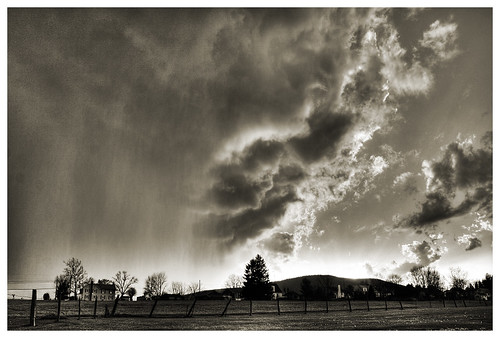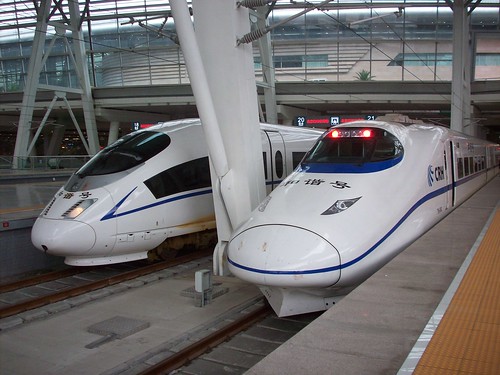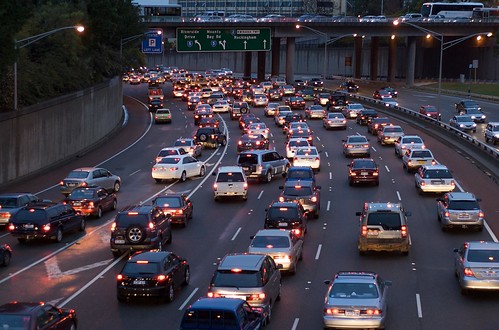Wednesday, May 20, 2009 – ISSN 1529-1057
With TIC, you can let your imagination flow, so let us know…at ITS America
Did you know that TIC is not just for traffic? For example, did you know that some customers uses TIC for radio program associated data (PAD) such as song title, artist photo, and schedules, for broadcasting over FM radio data service (RDS) and digital audio broadcast (DAB)? And there’s much more.
With the new TIC architecture, you can let your imagination flow, so why not let us know your ideas, requirements, and even your problems, at ITS America. TIC is a commercial off-the-shelf (COTS) platform solution proven in over 100 projects operating worldwide, and can be deployed faster, more affordably, and with less risk than build-your-own solutions.
See TIC at GEWI booth #329 at ITS America or contact jim.oneill@gewi.com to discuss your requirements.
AVIATION
1) Airline Mechanics Who Can’t Read English
Link to story and video on WFAA-TV:
http://www.wfaa.com/sharedcontent/dws/wfaa/latestnews/stories/wfaa090515-_lj_harris.7a4a7d4.html
2) FAA to Hold First-Ever International Runway Safety Summit
Link to story on AviationNews:
http://www.aviationnews.net/?do=headline&news_ID=167477
CAMERAS
3) Illinois Lawmakers Reject Speed Cams in School, Hospital Zones
Link to story in the Daily Herald:
http://www.dailyherald.com/story/?id=294790&src=109
CARTOGRAPHY
4) Google Threatened with Sanctions Over Photo Mapping Service in Germany
Link to story in The New York Times:
http://www.nytimes.com/2009/05/20/technology/companies/20google.html?_r=1&partner=rss&emc=rss
OTHER
5) Ohio Democrats Restrict Open Internet Auctions for Construction Projects
Link to story in The Plain Dealer:
http://blog.cleveland.com/metro/2009/05/open_internet_auctions_for_ohi.html
ROADWAYS
6) States Roll Out Plans for ‘Smarter’ Roads
Link to story on Stateline:
http://www.stateline.org/live/details/story?contentId=401357
7) Span of Control
A new generation of ‘smart’ bridges use electronic sensors to warn of impending danger.
Link to story in The Economist:
http://www.economist.com/science/tm/displaystory.cfm?story_id=13687092
SAFETY / SECURITY
8) Officials Draft Changes to Bush-Era Mandate on ID Cards
Link to story from CongressDaily:
http://www.govexec.com/story_page.cfm?articleid=42759&dcn=e_hsw
9) New Database Created with Thousands of Emergency Shelters Nationwide
Link to story in the Los Angeles Times:
http://www.latimes.com/news/nationworld/nation/la-na-hurricane20-2009may20,0,4925727.story
TELEMATICS
10) Vehicle Telematics Concept Benefits Responders, Victims
Link to story in Occupational Health & Safety:
http://ohsonline.com/articles/2009/05/20/vehicle-telematics-concept.aspx
TRANSIT
11) Popular Smart Card Can be Hacked, Researchers Show
Link to story in Government Technology:
http://www.govtech.com/gt/articles/689811
12) Campaign Urges Commuters to Send Postcards in Support of Public Transport
Link to story in The New Zealand Herald:
http://www.nzherald.co.nz/nz/news/article.cfm?c_id=1&objectid=10573411
TRAVELER INFORMATION / TRANSPORTATION MANAGEMENT
13) With Holiday Ahead, Massachusetts Turnpike Announces Traffic Info Upgrade
Link to story in The Boston Globe:
http://www.boston.com/news/local/breaking_news/2009/05/with_holiday_ah.html
Link to Mass Turnpike traffic cameras: http://www.masspike.com/travel/cameras.html
14) Praise Washington State DOT for Alerting Drivers to Bridge Closure
Link to commentary in the Issaquah Press:
http://www.issaquahpress.com/2009/05/19/off-the-press-21/
News Releases
1) Waze Announces Driver-Generated Live Map Platform; Launches Private Alpha for Mobile Application
2) BART Unveils New Web Site to Keep Riders, Public Informed on Labor Negotiations
3) Live Video from Florida Traffic Cameras to Gain Wider Audience with TrafficLand
4) OnStar Creates Injury Severity Prediction to Improve Automatic Crash Response
5) Tennessee DOT Now Using Twitter to Provide Information About Delays on Roadways
Upcoming Events
ACI-NA Public Safety & Security Fall Conference – August 24-27 – Arlington, Virginia
http://www.aci-na.org/conferences/detail?eventId=149
Today in Transportation History
1939 **70th anniversary** – Regular trans-Atlantic air service began with a Pan American flight from Port Washington, New York to Europe.
http://www.airliner.net/pan-am-clipper-flying-boat/transatlantic-airline-service/
=============================================================================================
The Transportation Communications Newsletter is published electronically Monday through Friday.
To subscribe send an e-mail to: TCNL-subscribe@googlegroups.com
To unsubscribe send an e-mail to: TCNL-unsubscribe@googlegroups.com
TCN archives: http://groups.yahoo.com/group/transport-communications
Questions, comments about the TCN? Please write the editor, Bernie Wagenblast at i95berniew@aol.com.
© 2009 Bernie Wagenblast





 Ohio Rep. Betty Sutton’s amendment made it onto the American Clean Energy and Security Act, the legislation being marked up this week by the House Energy and Commerce Committee. Approved by a vote of 50-4, the amendment provides a voucher of up to $4,500 for
Ohio Rep. Betty Sutton’s amendment made it onto the American Clean Energy and Security Act, the legislation being marked up this week by the House Energy and Commerce Committee. Approved by a vote of 50-4, the amendment provides a voucher of up to $4,500 for 
